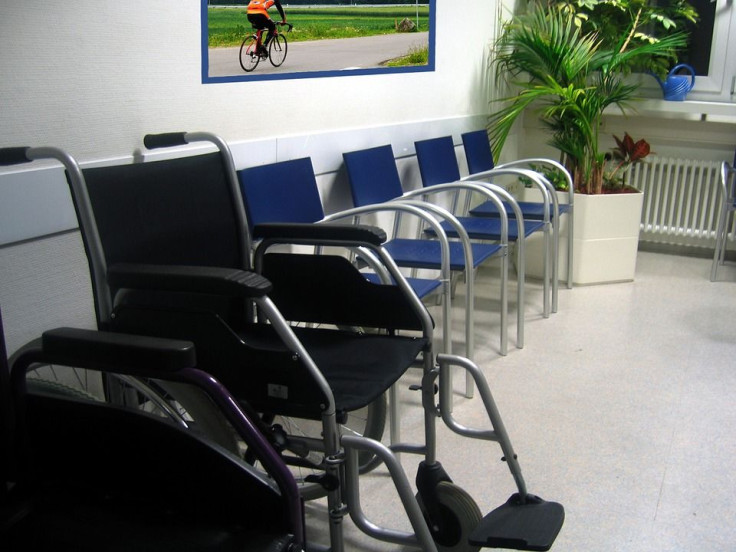Medicaid Patients Spend More Time In Doctors' Waiting Rooms Than People With Private Insurance

Medicaid patients spend more time waiting to see the doctor than people with private insurance, according to a new study from the Massachusetts Institute of Technology.
MIT researchers analyzed 21.4 million anonymized records from athenahealth, a Massachusetts-based health IT company. The records included all outpatient visits the firm tracked in 2013.
The study authors found that Medicaid recipients who scheduled an appointment were 20 percent more likely to wait more than 20 minutes, compared to privately insured patients. They note one of the reasons is because Medicaid patients often go to providers who typically have longer wait times due to the doctor having more patients.
But, after the researchers adjusted for the type of provider, Medicaid patients still waited longer than patients with private insurance. Although they are unsure why this is, they believe it may reflect “triaging of patients by insurance status within an office.”
On average, Medicaid patients waited 4.6 minutes and privately insured patients waited 4.1 minutes. Amy Finkelstein, one of the study authors, said she was surprised by the low figures.
“My intuition, going into it, was that wait times were going to be much longer, based on my own biased recall,” said Finkelstein, in a news release. “We tend to remember that visit where we waited forever. A key value of measuring wait times based on information captured by office software is it doesn’t suffer from such a biased recall.”
The software showed the scheduled appointment time, the time the patient arrived, their check-in time, and when the first phase of the visit began.
The study revealed other information about wait times, including that they’re usually shorter in the mornings, as well as in larger medical practices. Also, kids are late for 40 percent of their medical visits.
In their paper, the authors write their study “complements other work that suggests that Medicaid patients face some additional barriers in the receipt of care.”
As of February 2017, Medicaid provides coverage for 69 million people across the United States.
Medicaid is a joint federal and state program that helps low-income people with costs related to medical and long-term care. Although the program varies by state, all of the programs have a few things in common: Each state must cover families and children, pregnant women, the elderly, and people with disabilities.
In order to qualify, your income and assets must be below a certain amount, but this amount varies by state. Federal law requires certain mandatory benefits be provided including services such as inpatient and outpatient hospital services, nursing facility services, home health services, physician services, rural health clinic services, laboratory and X-ray services, family planning services, nurse midwife services, transportation to medical care, and tobacco cessation counseling for pregnant women.
See also: Uninsured And Medicaid Cancer Patients Receive Worse Treatment, Die Sooner
Psychiatrists And Medicaid: Why Mental Health Professionals Accept Insurance Less Than Other Doctors
Published by Medicaldaily.com



























